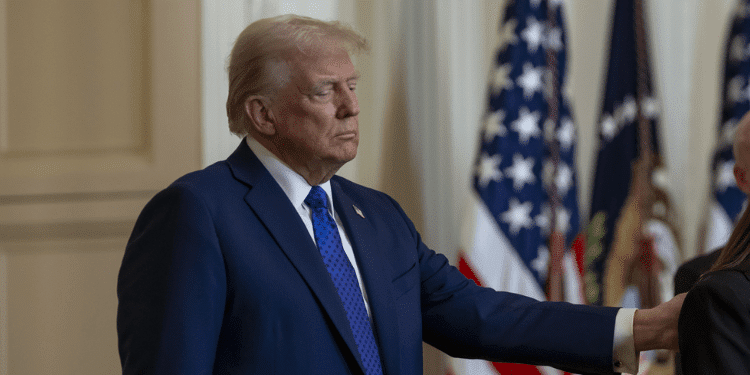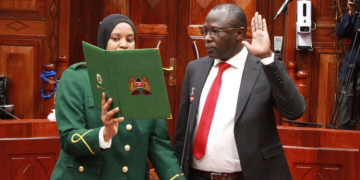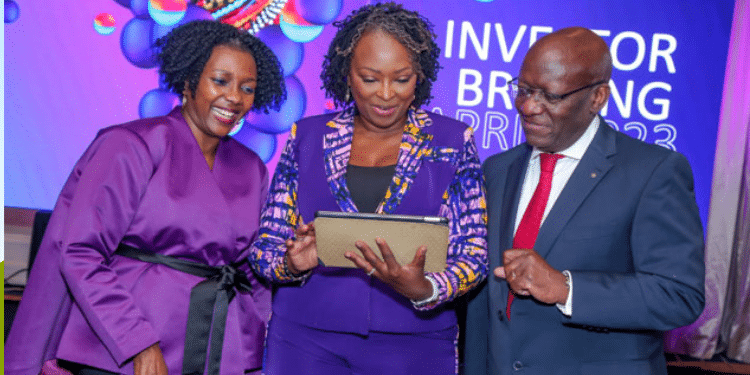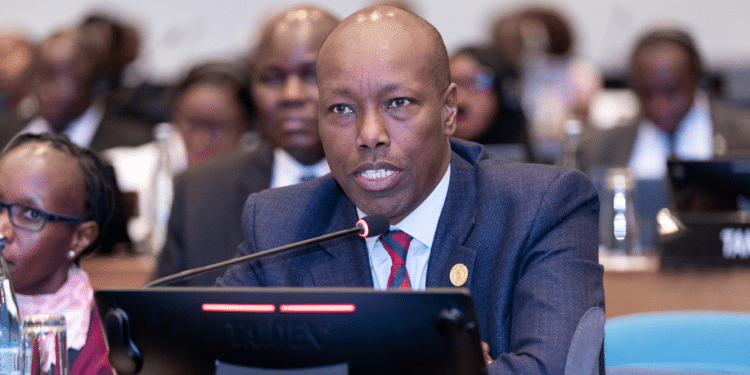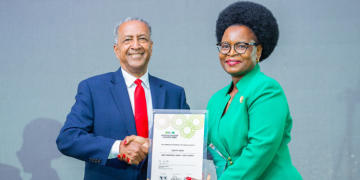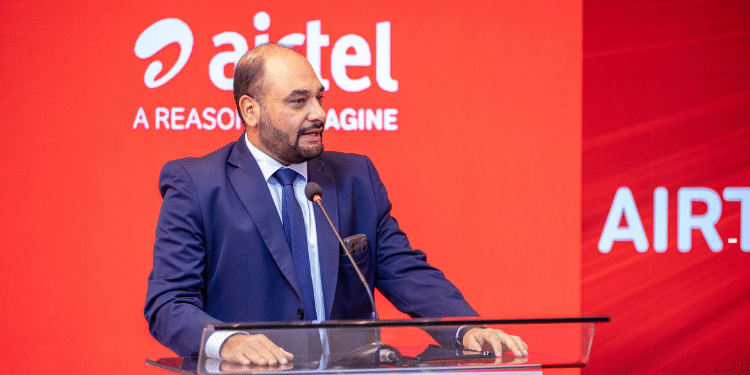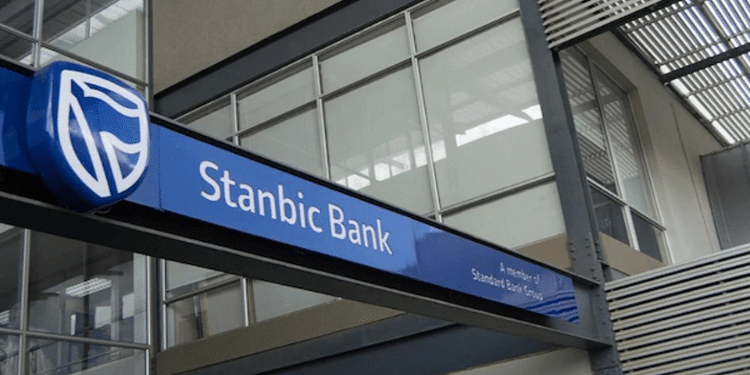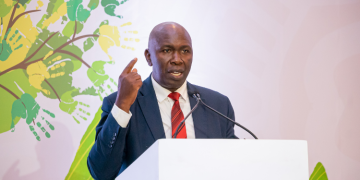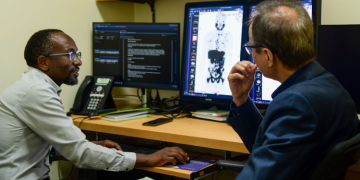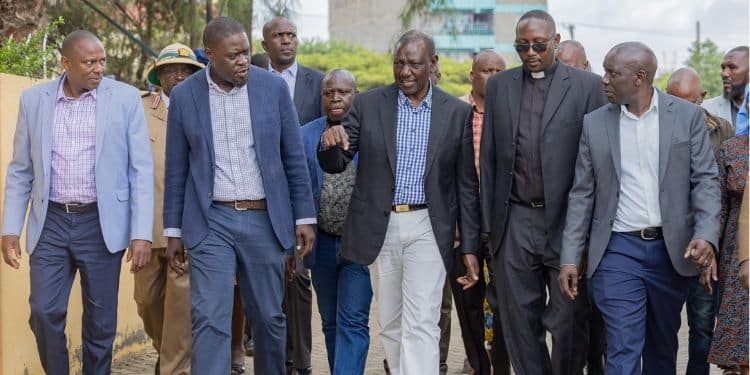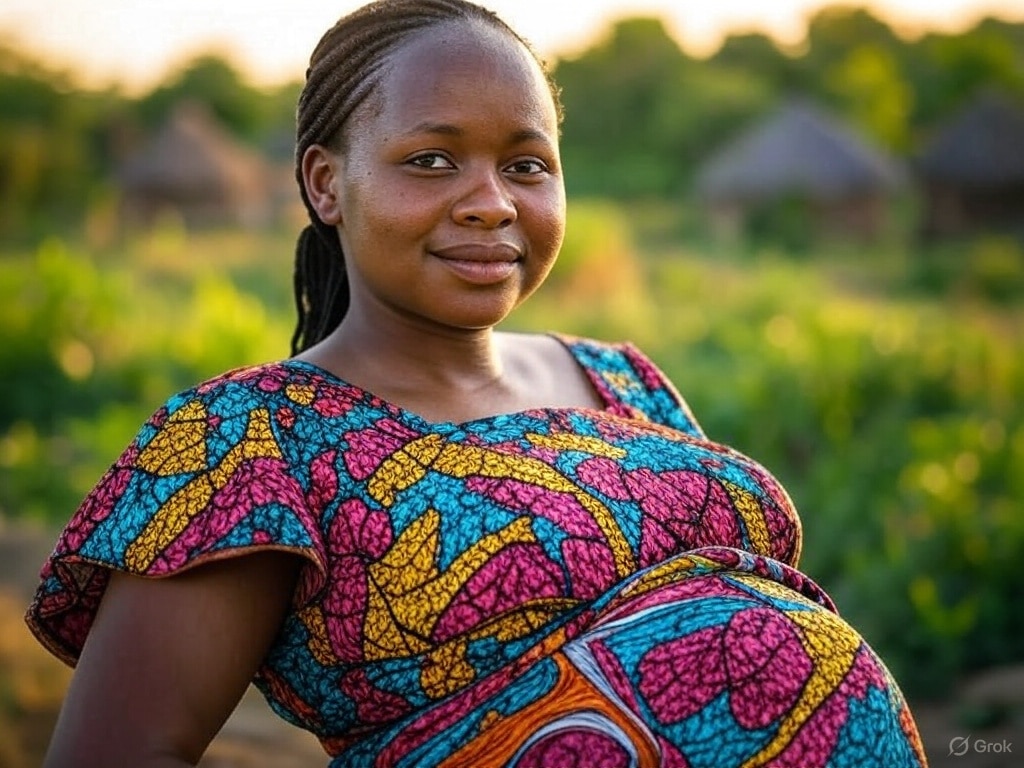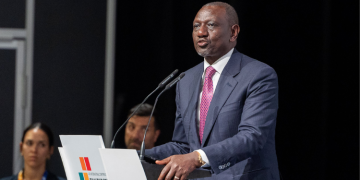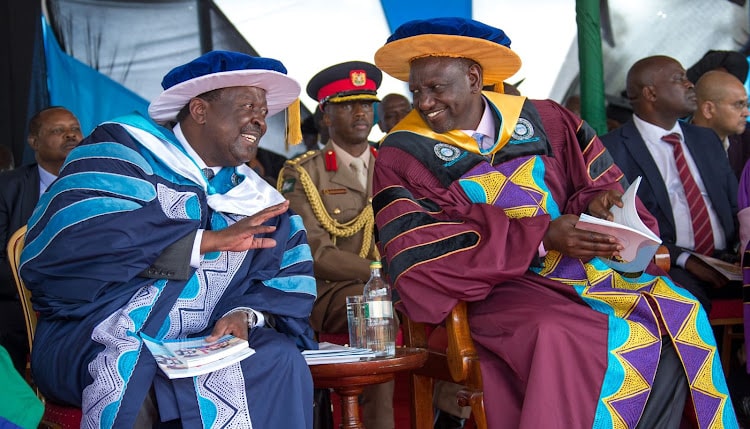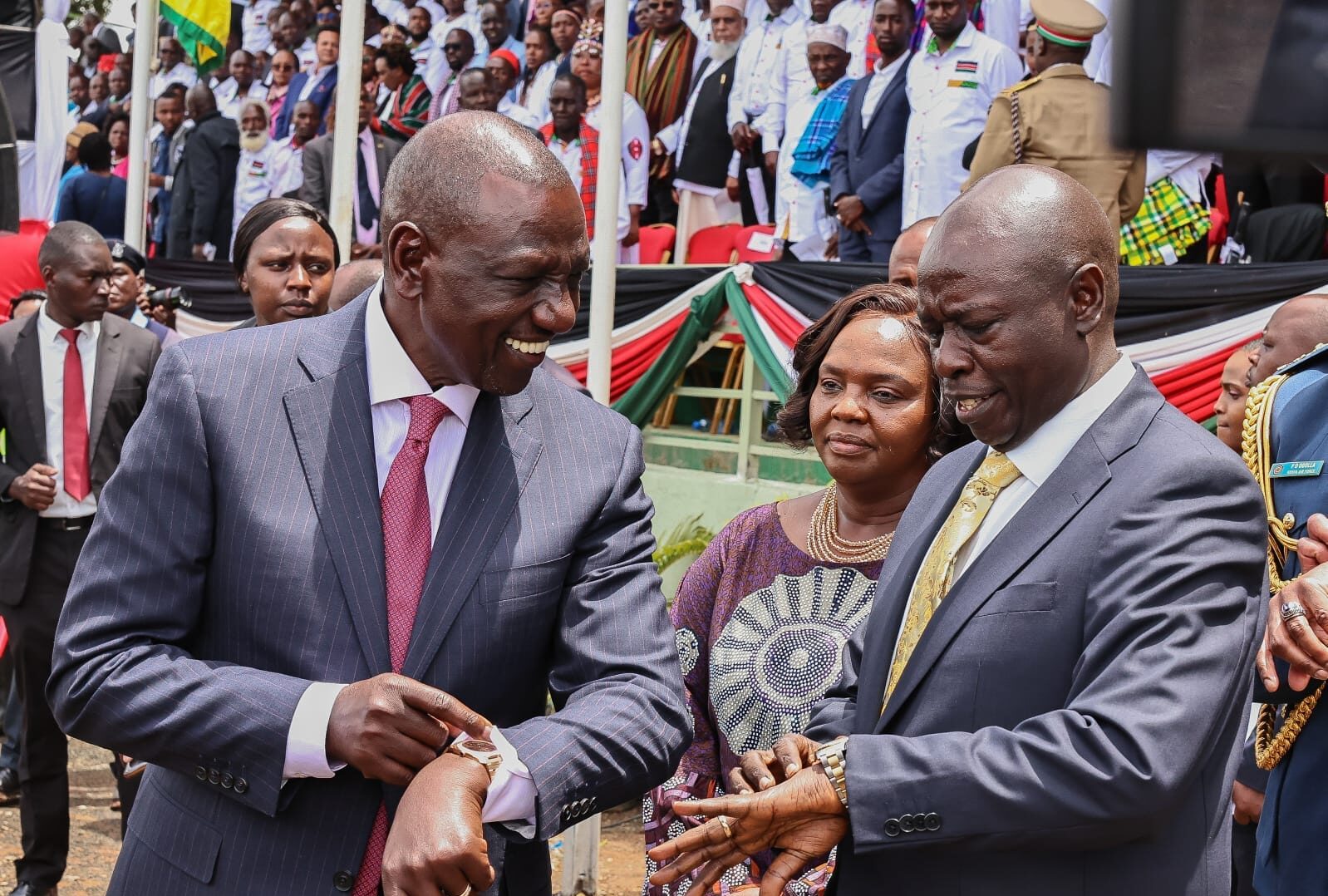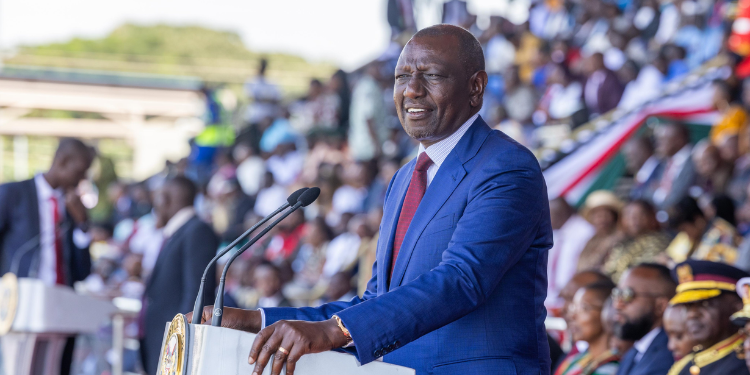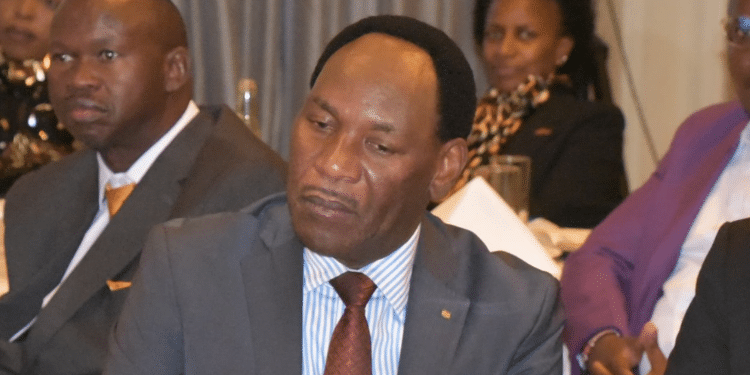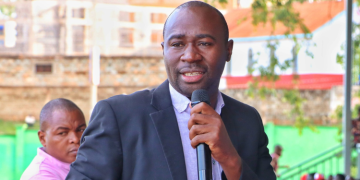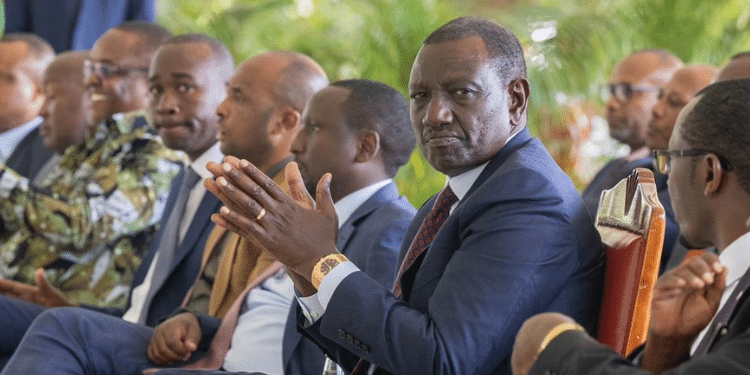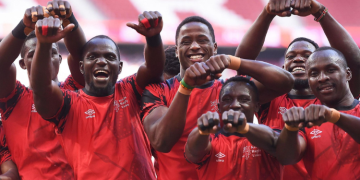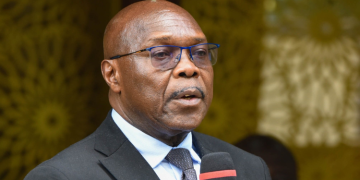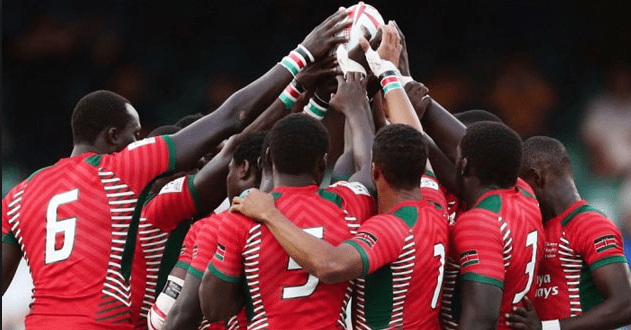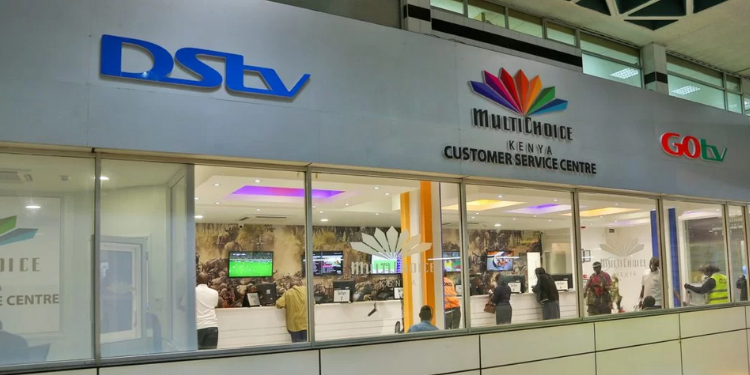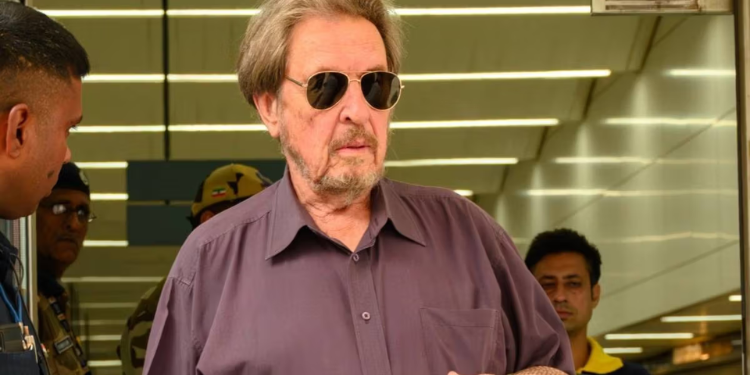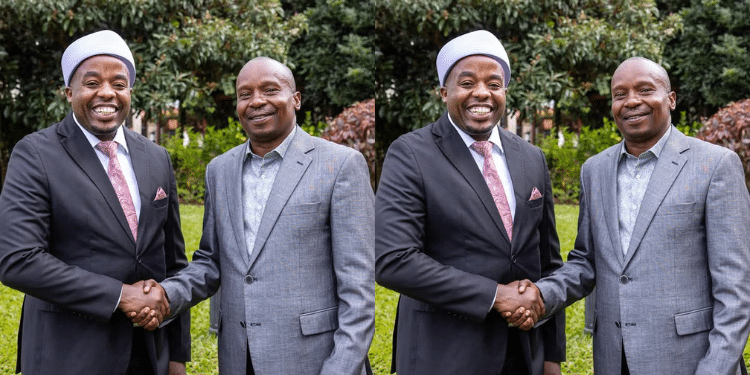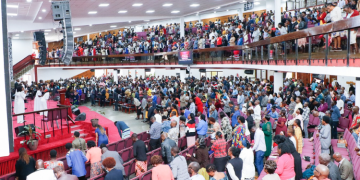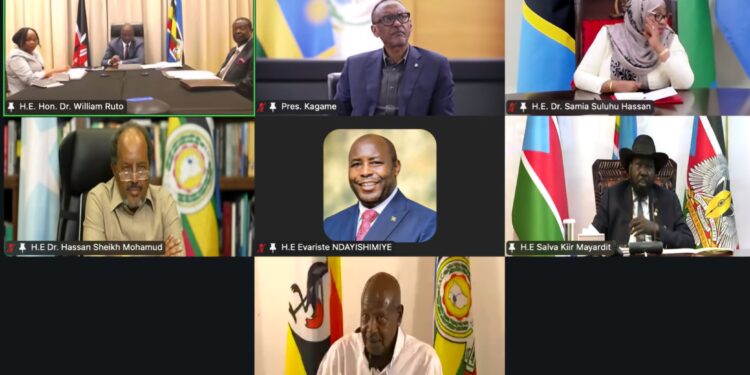As the Democratic Republic of Congo (DRC) grapples with intensifying conflict in its eastern provinces, Kenya has positioned itself at the forefront of regional diplomatic initiatives. President William Ruto‘s prominent role at the recent Tanzania crisis summit—calling for “an immediate ceasefire by all parties and the withdrawal of all non-state armed groups”—exemplifies Kenya’s assertive stance in regional affairs. Yet this high-profile engagement raises fundamental questions about Kenya’s evolving role in East African geopolitics: Is Nairobi acting as a neutral mediator committed to regional stability, or is it strategically positioning itself as a regional powerbroker, recalibrating alliances and economic partnerships to enhance its influence? A critical examination of Kenya’s diplomatic manoeuvres reveals a complex interplay of peacekeeping aspirations, strategic interests, and economic imperatives that are reshaping the regional landscape.
Evolution of Kenya’s Regional Engagement
Kenya’s transformation from relative diplomatic neutrality to active regional player reflects a calculated progression in its foreign policy. The Nairobi Process, officially documented as “a regional peace initiative aimed at resolving the conflict in the Eastern Democratic Republic of Congo,” represents Kenya’s most structured attempt at mediation. This initiative, coupled with Kenya’s contribution to the East African Community Regional Force (EACRF), demonstrates a multifaceted approach combining diplomatic dialogue with security interventions.
The historical trajectory of Kenya’s engagement with regional conflicts reveals a pattern of increasing assertiveness. While Kenya has maintained diplomatic ties with the DRC since independence, its direct involvement in conflict resolution efforts is a relatively recent phenomenon. This shift coincides with broader regional ambitions within the East African Community and the African Union, where Kenya has sought to establish itself as a pivotal actor in shaping regional security architecture.
Kenya’s growing activism in the DRC conflict should be understood within the context of changing regional dynamics. As traditional power structures evolve and new security challenges emerge, Kenya appears determined to fill potential leadership vacuums and assert its influence in shaping outcomes. The Tanzania summit, bringing together leaders from both the East African Community and the Southern African Development Community, exemplifies Kenya’s efforts to position itself at the center of high-level diplomatic initiatives addressing regional security challenges.
DRC Crisis: Economic Imperatives and Strategic Realignment
Economic considerations play a crucial role in Kenya’s regional calculations. The DRC conflict threatens vital trade routes and economic partnerships, with potentially significant implications for Kenya’s commercial interests. As President Ruto’s administration pursues ambitious economic growth targets, stability in neighbouring countries becomes increasingly important for sustaining regional trade and investment flows.
Also Read: Uhuru Complains of Being Sidelined in DRC Peace Talks
The economic dimension of Kenya’s engagement is further illuminated by its parallel efforts to diversify financial partnerships. The recent $1.5 billion loan agreement with the United Arab Emirates (UAE) represents a significant pivot in Kenya’s economic strategy. This financial arrangement, secured at an 8.25% interest rate with repayments scheduled through the 2030s, signals Kenya’s determination to reduce dependence on traditional Western lenders, such as the International Monetary Fund and World Bank, which often impose stringent conditions on financial support.
This strategic realignment of economic partnerships mirrors Kenya’s evolving approach to regional security challenges. Both reflect a deliberate effort to enhance autonomy and leverage in international relations. By diversifying both diplomatic and economic engagements, Kenya seeks to create more policy space for pursuing national interests while reducing vulnerability to external pressures.
The interconnection between Kenya’s economic and security initiatives is particularly evident in its approach to the DRC. Beyond immediate peacekeeping concerns, Kenya has shown interest in the DRC’s vast mineral resources and potential market opportunities. A stable DRC integrated into regional economic structures would provide significant commercial benefits for Kenyan businesses and strengthen trade linkages throughout East Africa.
Military Engagement and the Risk of Overextension
Kenya’s deployment of troops to eastern DRC as part of the EACRF adds a military dimension to its regional engagement. While framed as a contribution to peace and stability, this military presence also serves to enhance Kenya’s influence and leverage in diplomatic negotiations. The dual approach of combining dialogue with military pressure reflects a sophisticated strategy balancing soft and hard power elements.
However, this military engagement carries significant risks of overextension. The financial commitments associated with troop deployments could strain Kenya’s resources, potentially diverting funds from domestic priorities. Additionally, prolonged military involvement without clear exit strategies could entangle Kenya in a complex conflict with multiple armed groups and competing external interests.
The withdrawal of the EACRF due to political discord among EAC member states highlights the challenges of sustaining regional security initiatives. This setback underscores the fragility of collective security arrangements and the difficulty of maintaining consensus among states with divergent interests and perceptions of the conflict’s dynamics.
Also Read: Did Ruto Make a Mistake by Involving France and U.S in DRC Conflict? Experts
The risk of overextension extends beyond military dimensions to encompass Kenya’s broader regional ambitions. As Kenya simultaneously pursues mediation in the DRC, strengthens ties with Gulf states, and manages domestic economic challenges, questions arise about its capacity to effectively balance multiple strategic priorities. The potential for diplomatic overreach and resource constraints could undermine Kenya’s ability to achieve its objectives in any of these domains.
International Response and Regional Dynamics
The international community’s response to Kenya’s mediation efforts reveals the complex interplay of global and regional interests in the DRC conflict. While Western partners have expressed support for Kenya’s leadership in peace initiatives, skepticism persists regarding the effectiveness and impartiality of these efforts. The United States, France, and China each maintain strategic interests in the DRC’s vast mineral resources, complicating efforts to achieve a coordinated international approach.
Regional dynamics further complicate Kenya’s mediation role. Tensions between Rwanda and the DRC, with allegations of Rwandan support for M23 rebels, create a polarized environment that challenges impartial mediation. Kenya’s attempts to navigate these sensitivities while maintaining credibility with all parties represent a delicate diplomatic balancing act.
The absence of President Félix Tshisekedi from the Tanzania summit highlights the challenges of securing buy-in from all stakeholders. Without the active participation of key actors, peace initiatives risk producing declarations without substantial on-the-ground impact. Kenya’s ability to bridge these divides and foster inclusive dialogue will significantly influence the success of its mediation efforts.
The overlapping mandates of various peace initiatives—including the Nairobi Process, the Luanda Process facilitated by Angola, and the broader frameworks of the EAC and AU—create a complex institutional landscape for conflict resolution. Kenya must navigate these multiple tracks while ensuring complementarity rather than competition between parallel efforts.
Balancing Act: Mediator or Powerbroker?
Kenya’s engagement in the DRC conflict reveals a sophisticated balancing act between humanitarian concerns, strategic interests, and regional power dynamics. The mediation role provides Kenya with enhanced visibility and influence in regional affairs while also offering opportunities to shape outcomes in ways that align with national interests.
The dual nature of Kenya’s involvement—combining diplomatic initiatives with military engagement and economic strategies—reflects a multidimensional approach to regional leadership. Rather than viewing Kenya’s role as either purely altruistic peacekeeping or naked power politics, a more nuanced assessment recognizes the intertwining of genuine conflict resolution efforts with strategic calculations about regional position and influence.
Kenya’s approach to the DRC crisis exemplifies the evolving nature of regional diplomacy in Africa, where traditional distinctions between mediation and power projection are increasingly blurred. As regional powers take on greater responsibility for addressing security challenges, their interventions inevitably reflect both normative commitments to peace and stability and pragmatic considerations about national interests and regional standing.
The effectiveness of Kenya’s mediation efforts will ultimately be judged by their ability to produce tangible improvements in security conditions and advance political dialogue. Success would enhance Kenya’s credibility as a regional leader and potentially create a model for African-led conflict resolution. Failure, however, could undermine Kenya’s diplomatic standing and fuel skepticism about its capacity to bridge deep regional divides.
Conclusion: Navigating a Complex Geopolitical Landscape
Kenya’s high-profile role in addressing the DRC conflict represents a significant evolution in its regional posture and reflects broader shifts in East African geopolitics. As Kenya deepens its diplomatic, military, and economic engagement, it must carefully navigate the risks of overextension while leveraging opportunities to shape regional outcomes.
The interconnection between Kenya’s mediation efforts in the DRC and its strategic realignment of economic partnerships, particularly with the UAE, reveals a comprehensive approach to enhancing national influence and autonomy. Both initiatives reflect a determination to reduce dependence on traditional power structures and create new pathways for pursuing national interests in a changing global landscape.
Looking ahead, Kenya’s success will depend on its ability to maintain credibility as an honest broker while advancing legitimate strategic interests. This requires transparent engagement with all stakeholders, careful management of resources to avoid overextension, and alignment of regional initiatives with broader frameworks for peace and stability.
The stakes in this diplomatic gambit extend beyond the immediate conflict in the DRC to encompass Kenya’s future role in regional affairs. If Kenya can effectively balance its peacekeeping aspirations with strategic interests, it may emerge as a respected regional leader with enhanced influence in East African politics. However, if it overreaches or fails to deliver tangible progress toward peace, its credibility and influence could be significantly diminished.
In this high-stakes environment, Kenya must remain cognizant of both the opportunities and pitfalls of its growing regional role. By maintaining a focus on achievable objectives, fostering inclusive dialogue among all stakeholders, and carefully managing resources, Kenya can navigate the complex geopolitical landscape while contributing meaningfully to regional peace and stability. The ultimate measure of success will be not just diplomatic declarations or summit communiques but tangible improvements in security conditions and governance structures that address the root causes of conflict.
Follow our WhatsApp Channel and join our WhatsApp Group for real-time news updates.


